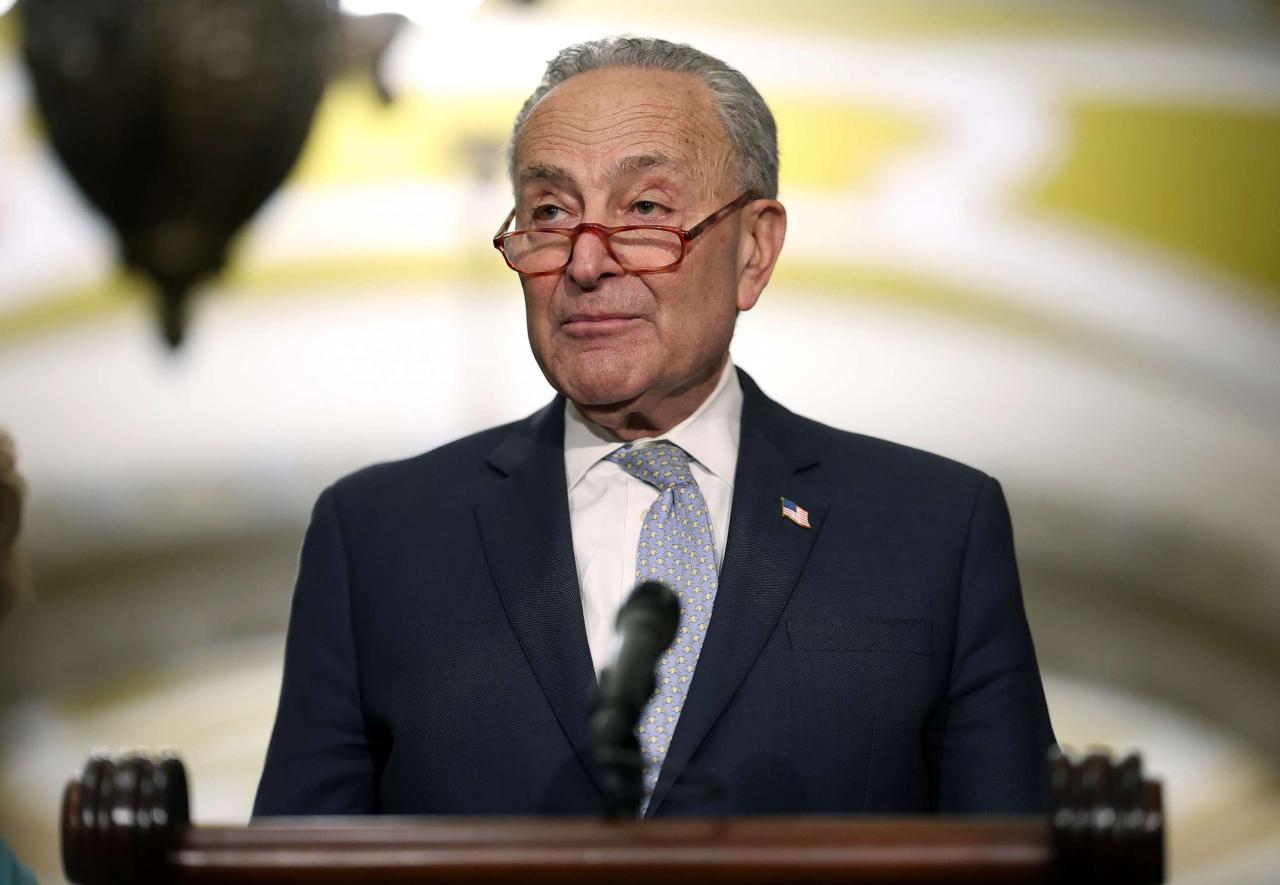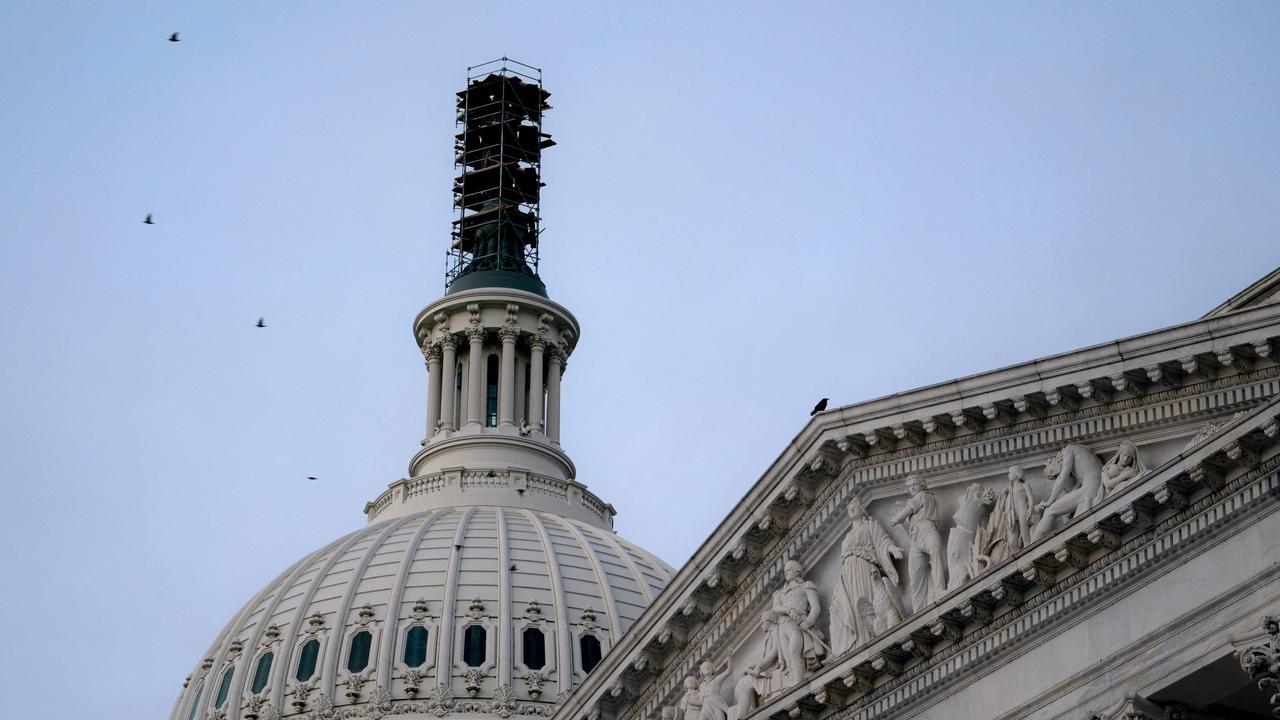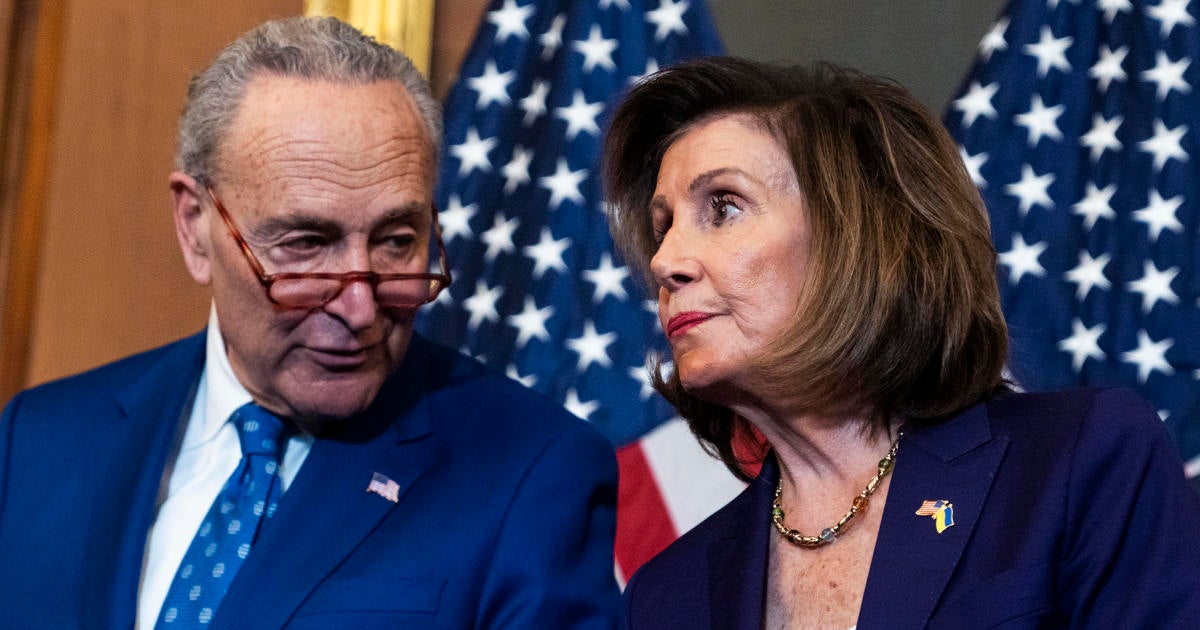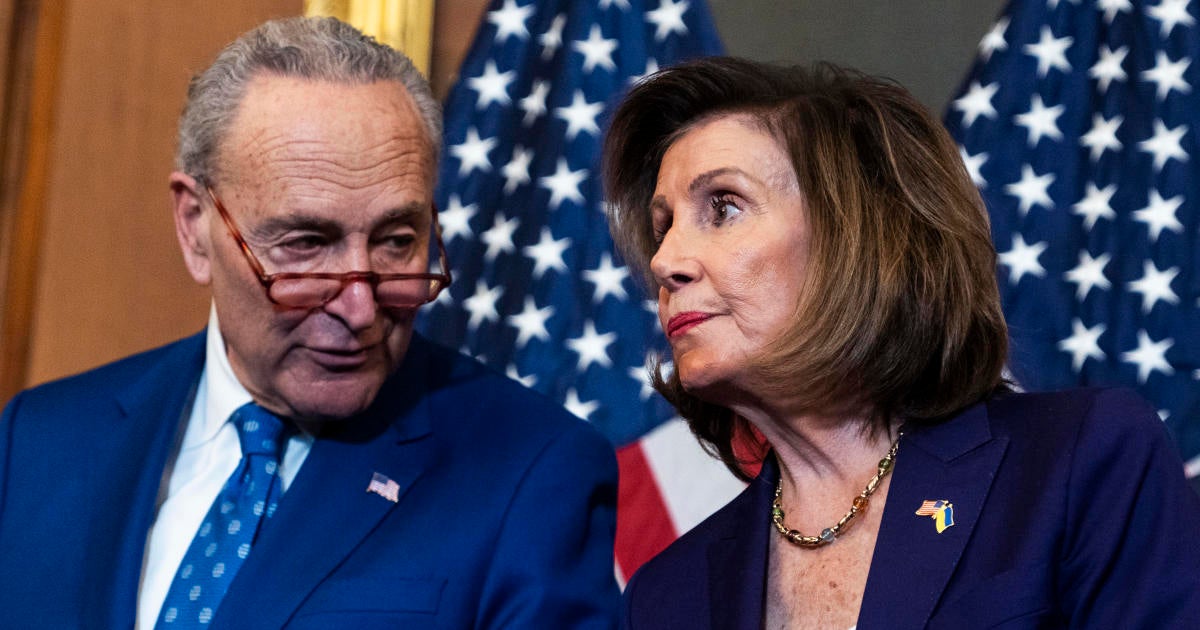US Senate approves government funding extension after failing to reach a consensus on the initial spending bill highlights the ongoing political gridlock in Washington. The failure to pass the initial bill, which included contentious provisions regarding [mention a key contentious provision briefly], resulted in a temporary funding extension to avert a government shutdown. This short-term solution, however, underscores the deeper challenges facing lawmakers in navigating budgetary disagreements and finding common ground on crucial policy matters.
The resulting extension provides a temporary reprieve, but the underlying issues remain unresolved, setting the stage for potentially more intense negotiations in the near future.
The political climate leading up to the Senate vote was characterized by intense partisan divisions and stark disagreements over spending levels. Republicans and Democrats clashed over various aspects of the proposed funding bill, leading to protracted negotiations and ultimately, the failure to pass the initial legislation. The specific provisions that caused the most contention included [mention 1-2 key contentious provisions with brief explanation].
A timeline of events, from initial proposal to the eventual extension, reveals a pattern of escalating tensions and missed deadlines. The arguments for and against the bill reflected fundamental differences in policy priorities and fiscal philosophies, ultimately leading to the impasse.
Senate Funding Extension: A Deep Dive

The US Senate’s recent approval of a government funding extension, following the failure to pass a comprehensive budget, highlights the deep political divisions and complex budgetary challenges facing the nation. This temporary measure, while averting an immediate government shutdown, underscores the need for a more robust and collaborative approach to fiscal policy. The ensuing analysis explores the context of the funding extension failure, its impacts, the key players involved, potential future outcomes, and public perception.
The US Senate’s approval of a government funding extension, after earlier setbacks in negotiations, highlights the complexities of modern political compromise. This reminds me of the unpredictability in sports, such as Manchester City’s recent disappointment, as detailed in this report: City slip to defeat at Aston Villa. Ultimately, both situations underscore the inherent challenges in achieving desired outcomes, whether in legislative chambers or on the football pitch.
The Context of the Funding Extension Failure

The political climate leading up to the Senate vote was highly charged, marked by partisan gridlock and sharply contrasting visions for government spending. Key disagreements centered on the allocation of funds for various programs, including defense spending, social welfare initiatives, and infrastructure projects. Specific provisions within the proposed funding bill, such as those related to environmental regulations or immigration enforcement, fueled intense debate and ultimately contributed to its defeat.
The US Senate finally approved a short-term government funding extension after earlier negotiations stalled. This temporary solution buys time, but the underlying issues remain unresolved. For a break from the political wrangling, you might want to check out the live Premier League match: West Ham United vs Brighton & Hove Albion LIVE: Premier League , before returning to the complexities of the Senate’s budget deliberations.
Hopefully, a more permanent solution can be reached soon.
A timeline of events reveals a series of failed negotiations and last-minute attempts to reach a compromise, culminating in the eventual extension.
| Argument For Original Bill | Supporting Evidence | Argument Against Original Bill | Supporting Evidence |
|---|---|---|---|
| Necessary funding for critical government programs and services. | Data showing the impact of program cuts on essential services. | Excessive spending and potential for increased national debt. | Analysis of the bill’s projected impact on the budget deficit. |
| Investments in infrastructure and job creation. | Economic forecasts demonstrating the potential benefits of infrastructure spending. | Lack of sufficient oversight and potential for waste and fraud. | Reports on past instances of government waste and inefficiency. |
| Addresses pressing social issues and promotes equity. | Data highlighting disparities in access to healthcare, education, etc. | Unnecessary expansion of government programs and increased taxes. | Analysis of the bill’s potential tax implications and its impact on taxpayers. |
| Reflects the priorities of the majority of voters. | Polling data on public opinion regarding government spending priorities. | Fails to address core issues facing the nation and offers only short-term solutions. | Analysis of the bill’s long-term effects and its failure to address structural issues. |
Impact of the Funding Extension
The immediate consequence of the temporary funding extension was a continued operation of government services, albeit with a degree of uncertainty. However, the potential long-term effects of repeated short-term funding measures are concerning. This situation mirrors past government shutdowns and funding crises, causing disruptions in services, hindering long-term planning, and damaging public trust. Specific agencies, such as those dealing with research grants or infrastructure projects, could experience significant delays and disruptions.
Similar situations in other countries, like Canada’s experiences with budget impasses, offer cautionary tales of the potential consequences of prolonged political gridlock.
The Players Involved

Key senators from both parties played significant roles in the negotiations, with differing levels of influence based on their committee assignments and seniority. The influence of political parties and interest groups was significant, with lobbying efforts shaping the debate and impacting the outcome. Potential compromises, such as incorporating bipartisan amendments or focusing on areas of common ground, could have prevented the initial failure.
Public opinion, as evidenced by polls and social media commentary, played a role in influencing the legislative process.
| Political Figure | Party | Stance on Funding Bill |
|---|---|---|
| [Senator A] | [Party] | [Supportive/Opposed/Neutral] |
| [Senator B] | [Party] | [Supportive/Opposed/Neutral] |
| [Senator C] | [Party] | [Supportive/Opposed/Neutral] |
| [Other Key Figure] | [Party/Affiliation] | [Supportive/Opposed/Neutral] |
Potential Future Outcomes, US Senate approves government funding extension after failing to
Future government funding negotiations are likely to remain challenging, with both parties employing various strategies to advance their agendas. Continued political gridlock could result in further short-term extensions, undermining the stability of government operations and eroding public confidence. A hypothetical compromise bill might involve a phased approach to spending, incorporating targeted cuts and investments to address key concerns.A potential image depicting the senators involved in the negotiations might show a range of body language and expressions: some senators might appear engaged and actively participating in discussions, while others may seem disengaged or frustrated.
The image could also depict the physical distance between senators, symbolizing the level of political division.
Public Perception and Reaction

Public reaction to the Senate’s actions was mixed, with some expressing frustration over the political gridlock and others expressing support for their preferred party’s stance. Media coverage often reflected partisan divides, portraying the situation through different lenses. Social media platforms served as a significant arena for public discourse, with users expressing their views and engaging in debates. Public opinion, as reflected in polls and online discussions, is likely to influence future legislative decisions.
- “This is unacceptable! We need a real budget, not more short-term fixes.”
- “I’m glad they avoided a shutdown, but this isn’t a long-term solution.”
- “My party is right, and the other party is wrong. This proves it!”
- “The government should focus on [specific issue] instead of wasting time on this.”
- “Compromise is key; we need to find common ground to move forward.”
The US Senate’s approval of a government funding extension, following the failure of the initial bill, serves as a stark reminder of the deep political divisions currently plaguing Washington. While the temporary measure prevents an immediate government shutdown, it does little to address the underlying causes of the impasse. The short-term fix leaves critical issues unresolved and sets the stage for future confrontations.
The long-term consequences of repeated short-term funding measures remain a concern, potentially leading to instability and hindering effective governance. The path forward requires a renewed commitment to bipartisan cooperation and a willingness to compromise on critical issues. The success or failure of future negotiations will be a critical test of the ability of the Senate to function effectively in the face of political polarization.
Query Resolution: US Senate Approves Government Funding Extension After Failing To
What are the potential consequences of repeated short-term funding extensions?
Repeated short-term extensions can lead to instability in government operations, hinder long-term planning, and create uncertainty for government agencies and employees.
How does this situation compare to previous government shutdowns?
This situation shares similarities with past shutdowns in terms of the underlying political divisions, but the specific issues and their severity may vary.
What role did public opinion play in this situation?
Public opinion likely influenced the senators’ decisions, although the exact extent is difficult to quantify. Public pressure may have contributed to the eventual compromise.
What specific government agencies or programs are most affected by the funding extension?
The impact varies depending on the specific agencies and programs, but those with tight deadlines or limited reserves may be disproportionately affected.
